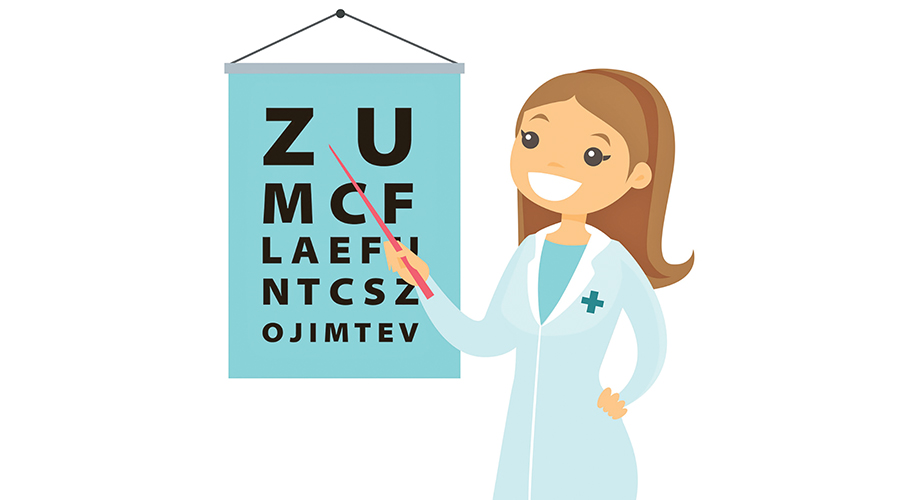ASK A PHYSICAL THERAPIST
- 20 Apr - 26 Apr, 2024

What general precautions can I take to protect the health of my eyes and the quality of my vision?
Many of us take our general health and health of our eyes for granted, but there are a number of ways to preserve vision and to keep our eyes healthy. To start with, eat healthy; the addition of green leafy vegetables to diet adds a good source of antioxidants, which are good for the retina. Regular exercise increases blood circulation to all vital organs, including to the eyes. Protect yourself against the sun by wearing sunglasses and/or a hat when outside as the sun causes changes to the lens of the eye, resulting in the early formation of cataracts. Our eyes have a protective tear film that can be washed away by the chlorine in pool water, leaving you feeling a burning sensation in the eyes, or the sensation of a foreign body, stinging and redness and at times blurred vision. Simple steps like washing your eyes after swimming, wearing swimming goggles and using lubricating eye drops will help to minimise the above. Lastly, have regular eye examinations, especially if you have diabetes or hypertension.
I use the computer extensively. Does computer radiation exist? Should I be worried about blue light?
With the increased use of computer screens, there is a growing fear that blue light emitted from these electronic devices can cause dryness of the eyes, sleep disturbances and eyestrain. This is what can be referred to as digital eyestrain. Blue light glasses representatives have claimed that this can damage the central part of the retina called the macula. At present, there is no evidence of this. Radiation from a computer has never been shown to cause eye problems. Long hours staring at digital screens can cause eyestrain, and decreased blinking associated with computer use can cause dry eyes. Steps to protect your eyes from strain if you work with computer devices all day:
1. You should sit about at an arm’s length from the computer screen.
2. A matte screen filter can reduce the glare.
3. Take regular breaks using the “20-20-20” rule: every 20 minutes, shift your eyes to look at an object at least 20 feet away for at least 20 seconds.
COMMENTS